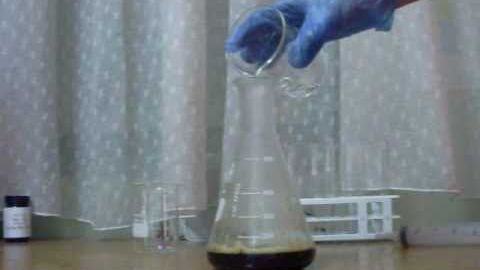03 - 氫氣和氧氣的測試 (03 - Tests for hydrogen and oxygen gas)
Yrchinese 發佈於 2021 年 01 月 14 日  沒有此條件下的單字
沒有此條件下的單字US /səbˈskraɪb/
・
UK /səb'skraɪb/
US /kəmˈpliːtli/
・
UK /kəmˈpli:tli/
US /ˈkɑmɛnt/
・
UK /'kɒment/
- n. (c./u.)評論;(電腦程式中的)註解
- v.t./i.做出評論;為(電腦程式)加上註解;批評;指責
- n. (c./u.)目的 ;目標;用途
- adv.有目的地;故意地
- v.t./i.打算;決意

